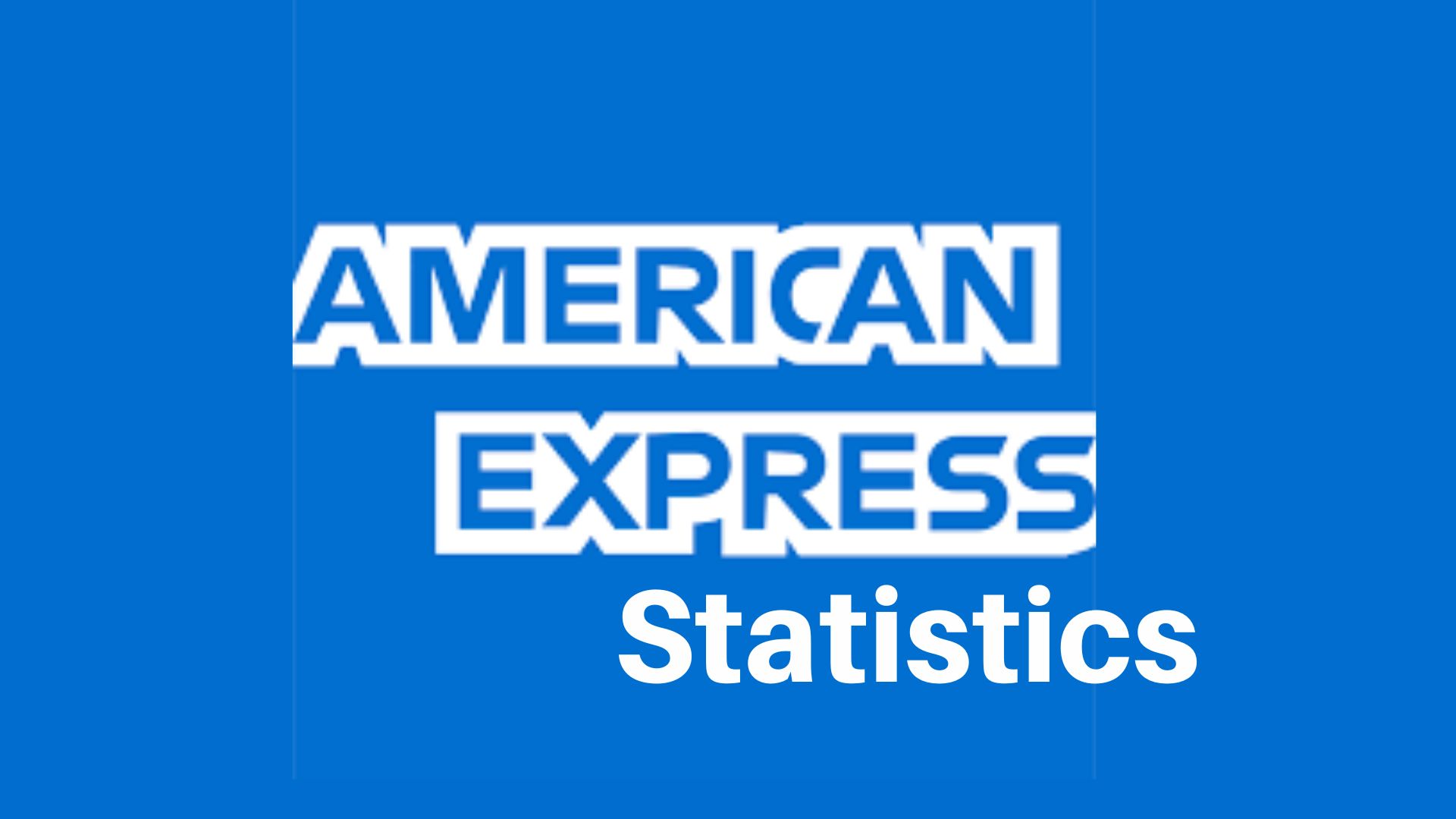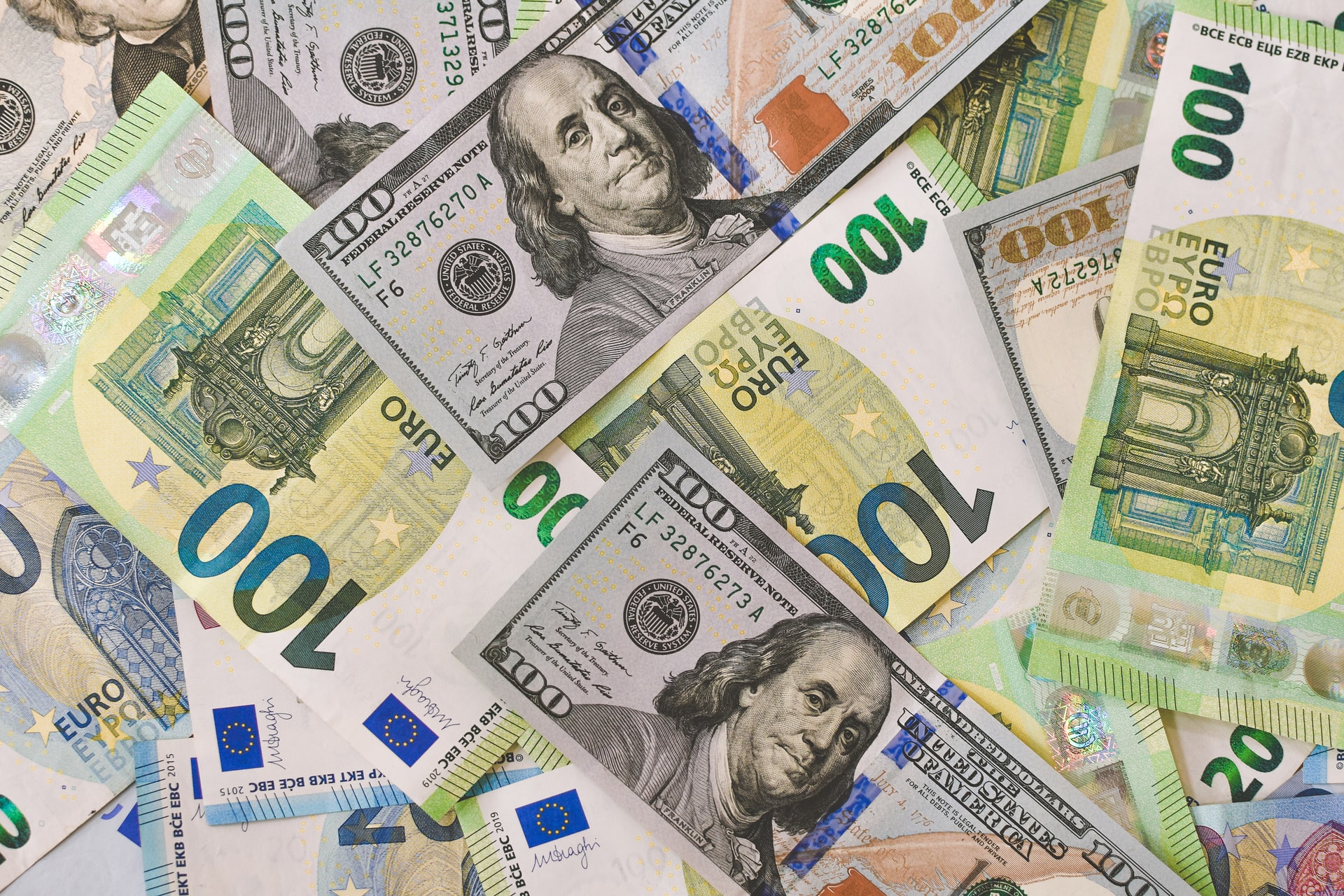Banking Statistics: Banca Monte Dei Paschi di Siena was the first bank in the world that opened in 1624. Ever since many things have changed to bank industry more profitable. At present, the global capitalization of the banking industry has estimated to be around $8.91 trillion. These days, banking has become an integral part of people’s everyday lives. As technology is growing, the banking sector as well is evolving. The onset of the COVID-19 pandemic has resulted in a global seismic shift in the way the banking industry operates. Technology and digitalization as well have led to huge inroads in the banking sector. Nowadays more and more people prefer to handle their bank accounts online or through their smartphone devices. Here we will discuss some essential banking statistics and facts to understand the growth of the finance and banking industry since its inception.
Key Banking Statistics
- The global online banking industry market is predicted to grow up to $30.1 billion by 2026.
- People living in the United States have around 5.3 bank accounts on average.
- Around 65.3 percent of people use online banking in the United States.
- The worth of the global banking industry reached $2.48 trillion in 2021.
- P. Morgan Chase is the biggest bank by market cap in the world.
- The United States had around 4518 commercial banks in 2019.
- New technologies such as API (Application Programming Interfaces) and AI (Artificial Intelligence) have redefined bank-customer associations.
- Banks around the world continue to expand digital offerings to retail and corporate customers to engage in paperless trade.
- Banks across the world are trying to implement a common standard such as ISO 2022 for domestic and cross-border transactions.
- Banks are using upcoming tools such as blockchain, tokenization, smart contracts, Internet of things (IoT) to offer efficient frictionless, and secure payment transaction experiences to their customers.
General Banking Statistics
#1. The Global banking market is estimated to reach $31.85 billion by 2027
The worldwide online banking sector was worth $11.45 billion in 2019. However, if the estimated jump takes place There will be an increase of 13.6 percent in the worth of the global online banking sector. As per the banking statistics, Europe and North America will have the largest online banking market in the world.
#2. The global market capitalization of the banking sector shot up in the first quarter of 2021
In the first quarter of 2020, the banking cap saw a reduction of $5.8 trillion. Later in 2020, there was a tentative recovery in the banking cap. However, in the first quarter of 2021, the banking market cap reported a major increase of $7.73 trillion. At present, the global capitalization of the banking industry has estimated to be around $8.91 trillion.
#3. The worldwide commercial banking sector reached $2.48 trillion in 2021
Although it is a notable figure, the banking industry secured 7th rank in the list compared to other leading industries. The global life and health insurance market surpassed the graph with a revenue of $4.38 trillion in 2021. Pension funds and oil and gas exploration industries secured the second and third with revenues worth $3.56 trillion and $3.16 trillion respectively in the same year.
#4. Around four Chinese banks became market leaders in terms of their total assets
The ICBC (China) topped the chart and became the biggest market player with a total asset worth $$4.91 trillion. Agricultural Bank of China with assets worth $4 trillion, China Construction Bank with total assets worth $3.65 trillion, and Bank of China with total assets worth $3.62 trillion as well secured the second, third, and fourth ranks in the list of top global banking market leaders.

(Source: FXSSI)
#5. There were around 381,410 ATMs in Europe in the year 2020
This led to a 2% fall in popularity as compared to the year 2019. The drop indicates the increase in the popularity of non-cash transactions that hastened during the COVID-19 pandemic.
#6. The ATM market worldwide is estimated to reach $30.50 billion by 2027
the ATM market grew to $20.58 billion around three years back in 2019. However, it will continue to expand over the next 10 years. Although banking statistics show that the count of ATMs has reduced in Europe, the banking industry is still expected to grow further. ATM usage trends predict that the international ATM market will touch $30.50 billion in the next five years. This progress will denote a CAGR of 5.2%.
#7. Banks across the globe spent the most in enhancing their digital banking services in 2019
The worldwide online banking statistics reveal that the highest share of bank investments that was around $15.2 billion was spent on refining digital banking services. Nearly a sum of $10.8 billion was spent to enhance Call centers and a sum of $10.5 billion was spent to improve ATM services. Online banking investments by banks across the globe were nearly $10.7 billion in 2015. These stats show a surge of 44.76% in this form of investment.
#8. J.P. Morgan Chase is the biggest bank by market cap in the world
The banking market cap was nearly $453.16 billion at the end of the first quarter of 2021. The Bank of America is the second-largest bank by market cap of $323.61 billion, it is tailed by ICBC (China) with a market cap of $245.66 billion. Wells Fargo and China Construction Bank as well secured their places in the top five with market caps of $184.90 billion and $176.69 billion correspondingly.

(Source: Companies Market Cap)
#9. HSBC Holdings from the United Kingdom is the biggest bank by total assets in Europe
As per the banking statistics, the worth of HSBC Holdings was around $2.95 trillion in 2021. France’s BNP Paribas and Credit Agricole Group secured the second and third positions with total assets worth $2.94 billion and $2.38 billion respectively in the same year.
#10. About 40% of ATM users use the machines between 8 and 10 times a month
As per the latest ATM usage stats, the usual count of ATM uses each month is nearly 300.
#11. Improving digital competencies was a topmost priority for banks across the globe in 2019.
Evolving such proficiencies was the most vital technology zone for nearly 28% of bank organizations worldwide.
#12. The worldwide mobile banking market Expected to Reach $3.47 Billion by 2030
It shows a growth of 15.4% CAGR.
Banking Statistics and Trends In The US
#13. Checking and savings accounts are the most standard forms of bank accounts in the United States
Checking and savings accounts make up 76.2% of almost all accounts in the US. While savings accounts make up only 1.8% of all accounts in the country. The latest consumer banking statistics and trends reveal that checking-only bank accounts make up the rest 22% of bank accounts.
#14. As per baking statistics, nearly 81.5 percent of households in the US had been fully banked in 2021
It showed that these households did not utilize any non-bank transactions and credit in the last 12 months.
#15. 29 percent of unbanked people in the US say that they are not having enough money to keep in a bank account as the main reason for their status
Mistrust in banks’ wish for more privacy and high maintenance fees are major reasons for unbanked people in the United States.
#16. The count of total commercial banks in the United States reduced by 2311 from 2009 to 2019
The US and other areas had around 6,829 commercial banks in 2009.
#17. In the same decade, the count of total branches in the US dropped by 5653
The United States had a total of 82,490 branches in 2009. The total figure reduced to 81405 in the next five years and dropped to 76,837 in 2019.
#18. The overall deposit value in US commercial banks is recurrently growing
As of 2022, the total deposit value in commercial banks in the US is around $17.79 trillion. The value deposits in US commercial banks touched a striking $13.61 trillion in 2019.
#19. All commercial banks in the US have total assets worth $22.88 trillion
As per the banking statistics, all US commercial banks have seen an increase in their total asset value this year.
#20. People in the United States have more than 5 bank accounts on average
The average count of bank accounts per individual in the United States is 5.3.
#21. In 2021, J.P. Morgan Chase reported the highest market capitalization in the US
As per the US banking statistics, the bank collected a revenue of $142.42 billion. The figure made J.P. Morgan Chase the top commercial bank by revenue in the US. J.P. Morgan Chase’s revenue was ominously greater than the $113.59 that was revenue collected by the Bank of America in the same year.
#22. In 2020, Wells Fargo was the top commercial bank in the United States by the count of employees
As per banking statistics, Wells Fargo secured first place in this group, with its 233,403 employees. While J.P. Morgan Chase fell into the second position with 197,963 staff.

(Source: Statista)
#23. The equity assets of US commercial banks have been slowly increasing over the past two decades.
Online Banking Statistics and Trends
#24. 63% of American households used online banking to access their bank accounts.
Online banking stats in the US show a moderate boost in internet banking. Still, this method of managing bank accounts has been the most regular choice for many people.
#25. People in Iceland, Denmark, and Norway utilize internet banking the most than people from other European countries
Nearly 96% of people in Iceland, 94% of Denmark citizens, and 94% of people in Norway have access to internet banking.
#26. Around 29 percent of people in the age range of 55 to 64 years used Internet banking the most popular in 2019
While 26.6 percent of US citizens in the age group of 45 to 54 years used internet banking in 2019.
#27. White people in the US utilize internet banking the most
Nearly 26.7 white people in the US utilize the internet to manage their accounts while 25.7% of Asian Americans use internet banking to run their bank accounts.
Mobile Banking Statistics
#28. The Hispanic community in the United States utilizes mobile banking the most.
As per the US banking statistic, around 41.3% of these users utilize their smartphone devices to manage their checking bank accounts. Nearly 37.2 percent of African Americans and 39.3 percent of Asian Americans use their smartphones to manage their accounts. 31.4% of white people in the US manage their savings and banking accounts via mobile devices.
#29. Young people in the age group of 15 to 24 years in the US use mobile banking the most to access their bank accounts
Mobile banking is more prevalent among young generations in the US. Around 62.9 percent of users in this age group specifically use their smartphone devices to run their banking accounts.
#30. US Households with a yearly income over $75000 utilize mobile banking the most
Households with high incomes utilize online banking the most in the US. Around 38.1 percent of households in the US with more than $75000 annual income gain access to mobile banking to manage their banking accounts.

(Source: FDIC)
#31. Mobile banking is on the rise among banked American households
It is gradually taking over the banking market. Mobile banking saw a major increase of 6.1% in usage.
cited expenses.
Conclusion
As the reputation of online and traditional banking has faintly reduced, mobile banking is emerging as the most popular trend. Mobile banking has seen a major boost in its usage worldwide in recent times as mobile devices have become an integral part of our daily lives. Banking statistics show that due to the growth of mobile and internet banking, the popularity of ATMs as well has reduced. The latest banking statistics and trends reveal the number of ATMs has reduced by 30,000 from 2016 to 2019 in Europe. However, experts estimate that the ATM industry will continue to grow in the future.
Sources:
1. Balancing Everything
2. BFSI
3. Accenture
4. Statista
5. The Business Research Company
ABOUT AUTHOR

Barry is a lover of everything technology and finance (FinTech). Figuring out how the software works and creating content to shed more light on the value it offers users is his favorite pastime. When not evaluating apps or programs, he's busy trying out new healthy recipes, doing yoga, meditating, or taking nature walks with his little one.









